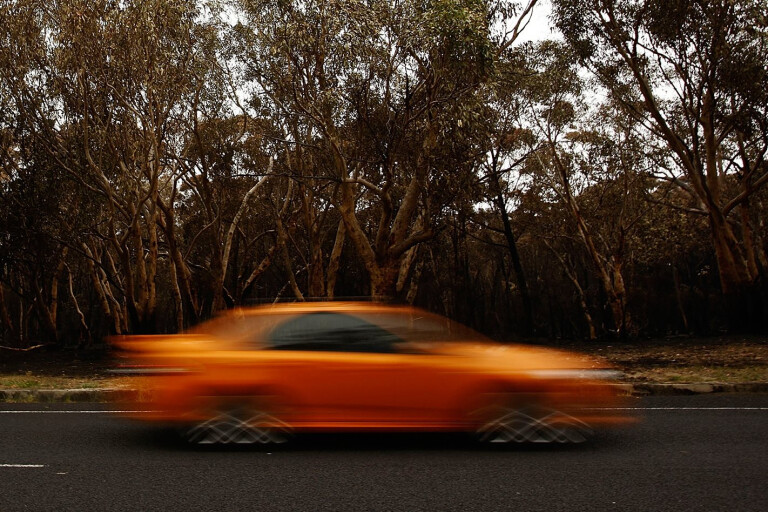
WHAT’S going wrong with Australia’s road toll? The latest government report shows we have hit a five year high for deaths on the nation’s roads.
The latest Department and Infrastructure and Regional Development report on road deaths in Australia shows that for the 12 months to the end of June 2016, 1269 people had died. That’s the highest figure since we logged 1276 deaths in 2012.
The report also shows an unusual shift towards the most vulnerable class of road user – males aged between 40 and 64.
At 390, the road toll in NSW has leapt by 28.3 percent compared with the same 12-month period last year, while in Tasmania, the number is only slightly lower 24.2 percent with 41 deaths. Likewise, Victoria (up 7.1 percent to 272 deaths) and the NT (up 7.3 percent to 44 deaths) and the ACT (up 9.1 percent with 12 deaths).
The most vulnerable road users over the last 12 months appear to be cyclists, with deaths for the 12 months to the end of June rising to 35, a 16.7 percent rise over the corresponding period last year.
For motorcyclists, the 228 fatalities recorded are 14.6 percent higher than for the previous 12 months – almost the same number of deaths as that for car passengers (224, down 8.9 percent), which is the only vulnerable group to post a fall in fatalities.
Drivers (612, up 13.5 percent) still rank as the biggest contributor to the toll, while pedestrians (168, up 9.8 percent) round out the numbers.
Our younger drivers need a pat on the back, with deaths for road users aged 17-25 falling by 8.9 percent to 226. Contributing the most to the numbers are drivers aged between 40-64, up by 23.1 percent to 421.
Significantly, the road toll linked to road users aged more than 75 has jumped 14.4 percent to 167.
Road deaths in speed zones rated at between 70-90km/h have accounted for the biggest rise in fatalities, up by 22.4 percent to 268. The risk of being killed on a weekday has risen by 14.0 percent, compared with only 3.8 percent on a weekend.
The department says the rate of annual deaths per 100,000 population stands at 5.3, a 7.0 percent rise compared with the same 12 months last year.

COMMENTS